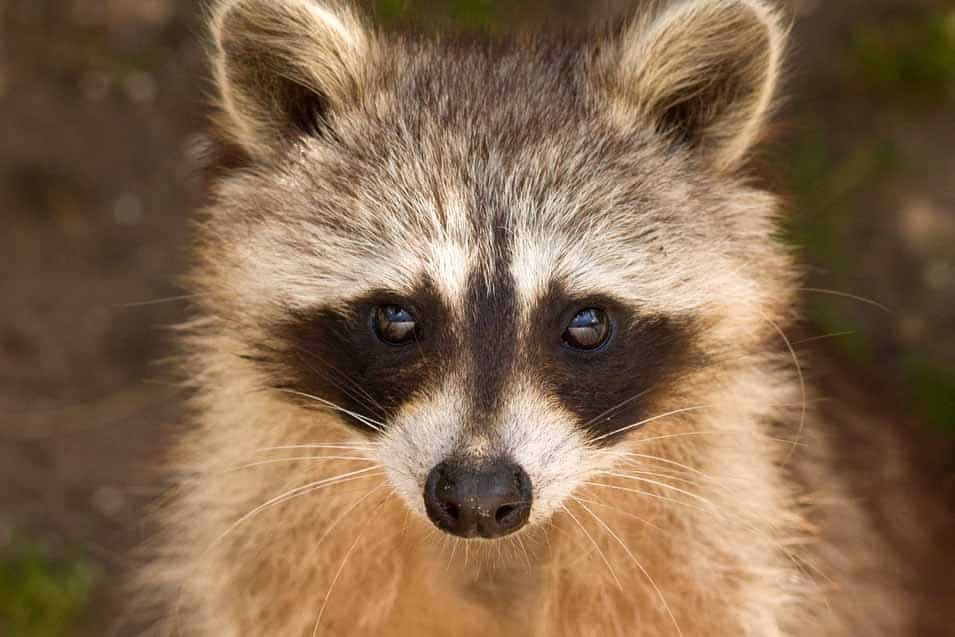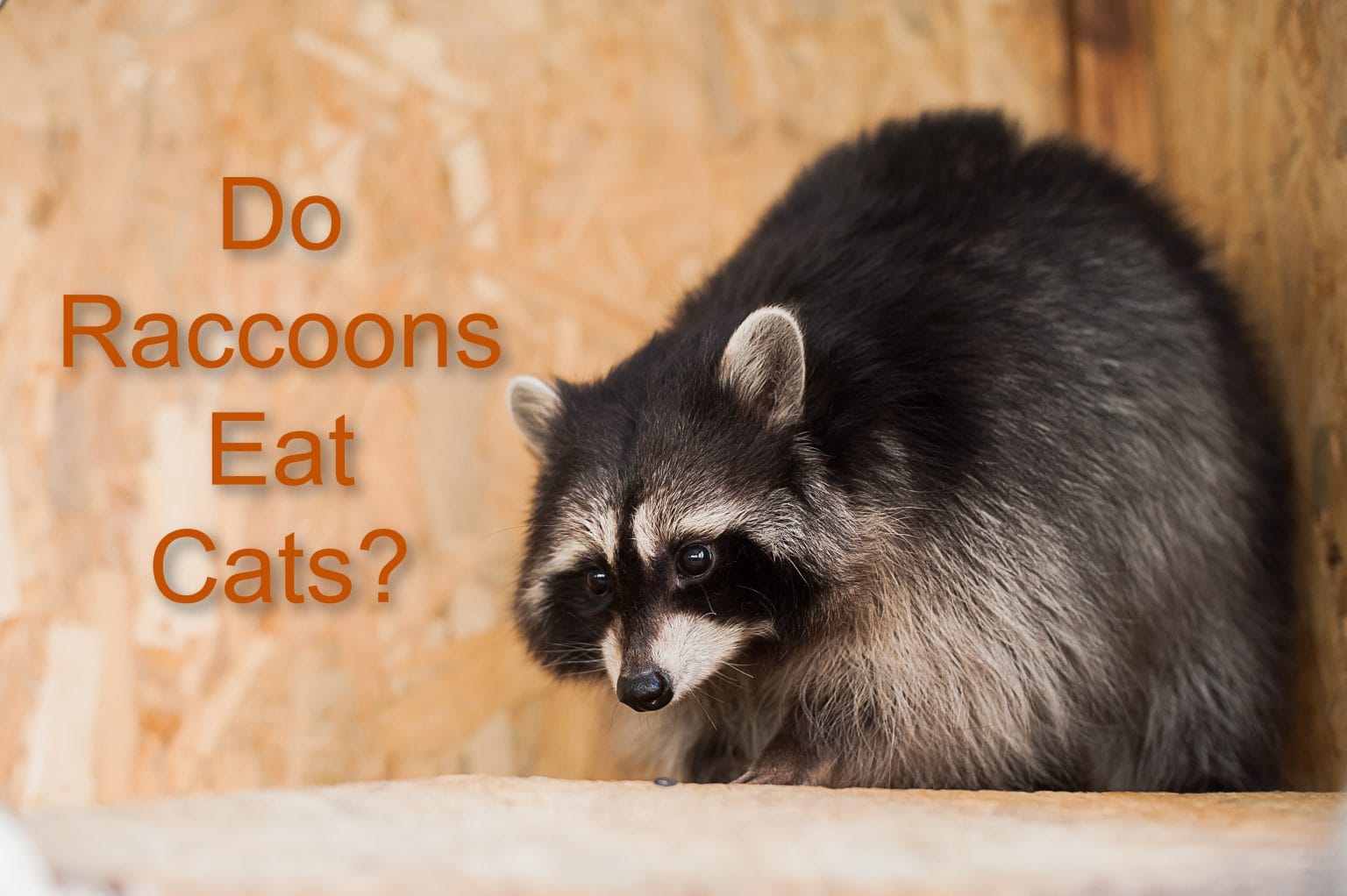
When it comes to the animal kingdom, raccoons and cats are two species that often cross paths. These curious creatures have become a common sight in many urban areas, leading to interactions and sometimes even unexpected relationships. In this article, we will delve into the dynamics between raccoons and cats, exploring their behaviors, similarities, and differences.
A Glimpse into Raccoons

Raccoons, known scientifically as Procyon lotor, are medium-sized mammals native to North America. With their distinctive black mask-like markings around their eyes and ringed tails, raccoons are easily recognizable. These intelligent and adaptable animals have thrived in various habitats, including forests, marshes, and urban areas.
One of the raccoon's most notable traits is its dexterity. Their front paws resemble tiny hands, allowing them to manipulate objects and open containers with ease. This skill often leads them to explore human dwellings, scavenging for food and creating mischief.
Curious Cats: Natural Hunters

Cats, or Felis catus, are domesticated animals that have been companions to humans for centuries. These graceful and independent creatures are known for their agility, sharp senses, and hunting instincts. Whether they are chasing after a toy or stalking prey, cats display their predatory nature in various situations.
Although most domestic cats have their predatory instincts toned down through generations of selective breeding, they still retain many hunting behaviors. This includes pouncing, stalking, and engaging in play that mimics hunting techniques. It's no wonder that the sight of a fluttering bird or scurrying mouse can trigger their primal instincts.
Raccoons and Cats: A Clash or a Connection?

When raccoons and cats encounter each other, their interactions can vary greatly. In some instances, they may be indifferent to one another, ignoring each other's presence. However, it is not uncommon for these two species to engage in territorial disputes or even form unexpected alliances. The outcome largely depends on the individuals involved and the circumstances of their encounter.
Social Behaviors and Communication

Both raccoons and cats are social animals, albeit in different ways. Raccoons are generally more sociable, often forming small groups or families called "nurseries." These nurseries consist of a female raccoon and her offspring, who stay together for about a year before venturing out on their own.
Cats, on the other hand, are solitary animals by nature. They have a well-defined territory that they defend and mark through scent and clawing. While cats can coexist peacefully with other cats in the same household, they are less inclined to form social bonds with animals outside their familiar group.
Food Sources and Diet

Raccoons are opportunistic omnivores, meaning they have a diverse diet that includes both plant and animal matter. They are known to raid garbage cans, gardens, and even pet food left outside. Their foraging habits can sometimes bring them into conflict with cats, especially if they compete for the same food sources.
Cats, on the other hand, are obligate carnivores, meaning their diet primarily consists of meat. They rely on high-protein meals to meet their nutritional needs. While some pet cats have adapted to commercial cat food, their instinctual drive to hunt may still persist, leading to conflicts with raccoons over food.
Protecting Your Pet and Property

If you live in an area where raccoons and cats coexist, it's important to take certain precautions to ensure the safety of your pets and property. Here are some tips to consider:
1. Secure garbage cans and compost bins to prevent raccoons from accessing them.
2. Feed your pets indoors or monitor them closely while they eat outside.
3. Provide a safe and enclosed outdoor space for your cats to roam without encountering raccoons.
4. Ensure that your property has no easy access points for raccoons to enter, such as uncapped chimneys or broken vents.
5. Regularly visit your veterinarian to keep your pets up to date on vaccinations and parasite prevention.
Conclusion
Raccoons and cats are two intriguing species that share our urban landscapes. While their interactions can vary, it is crucial to understand the behaviors and needs of both animals to ensure harmony and safety. By implementing preventive measures and respecting their natural instincts, we can coexist with these fascinating creatures and create a balanced environment for all.